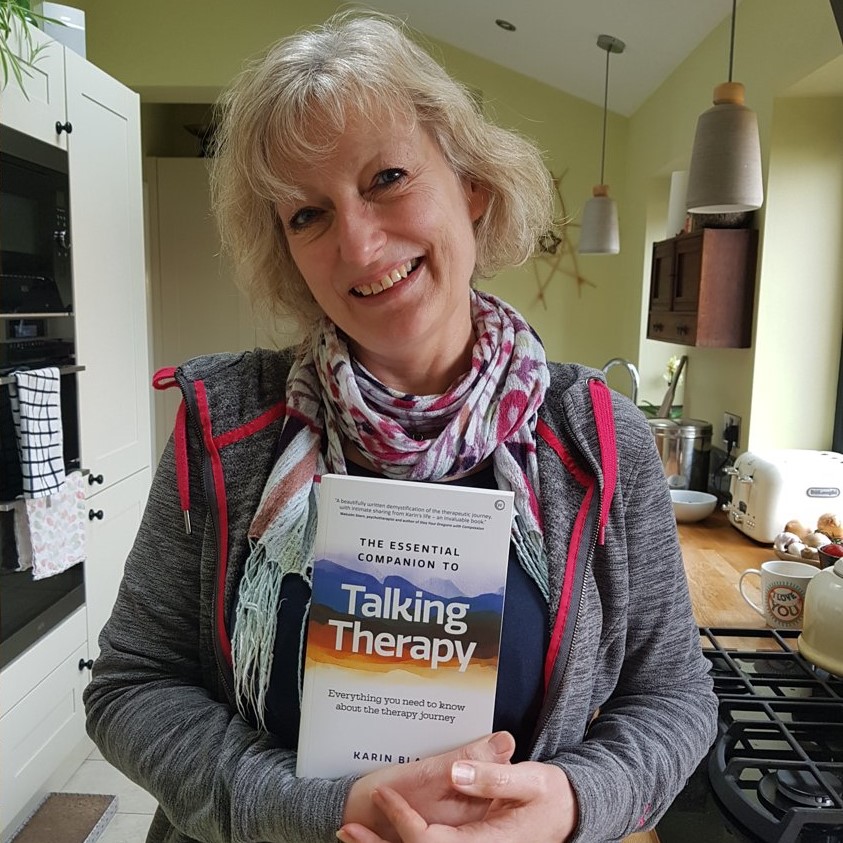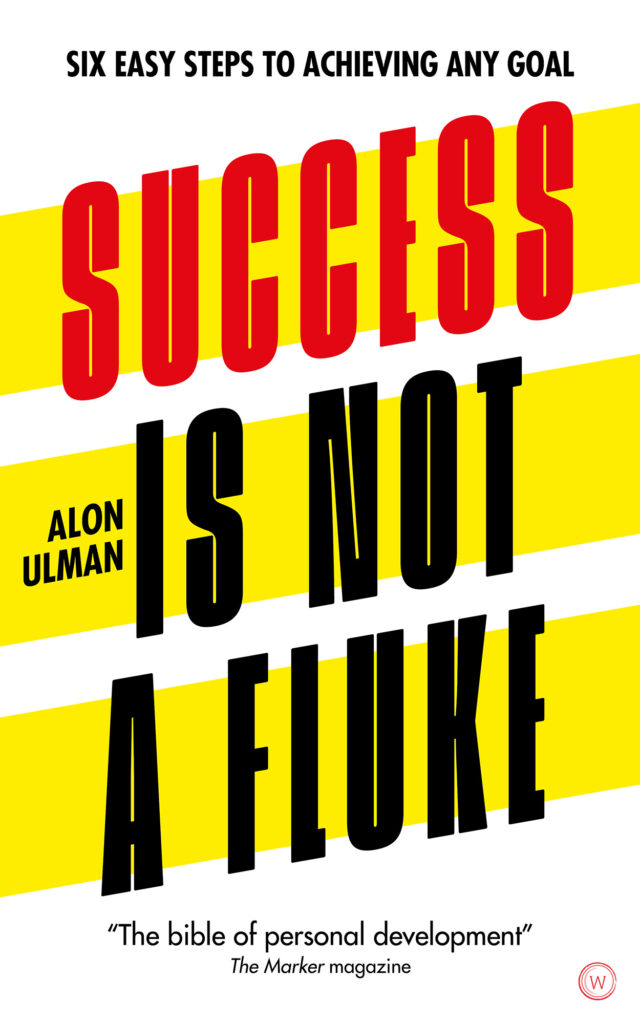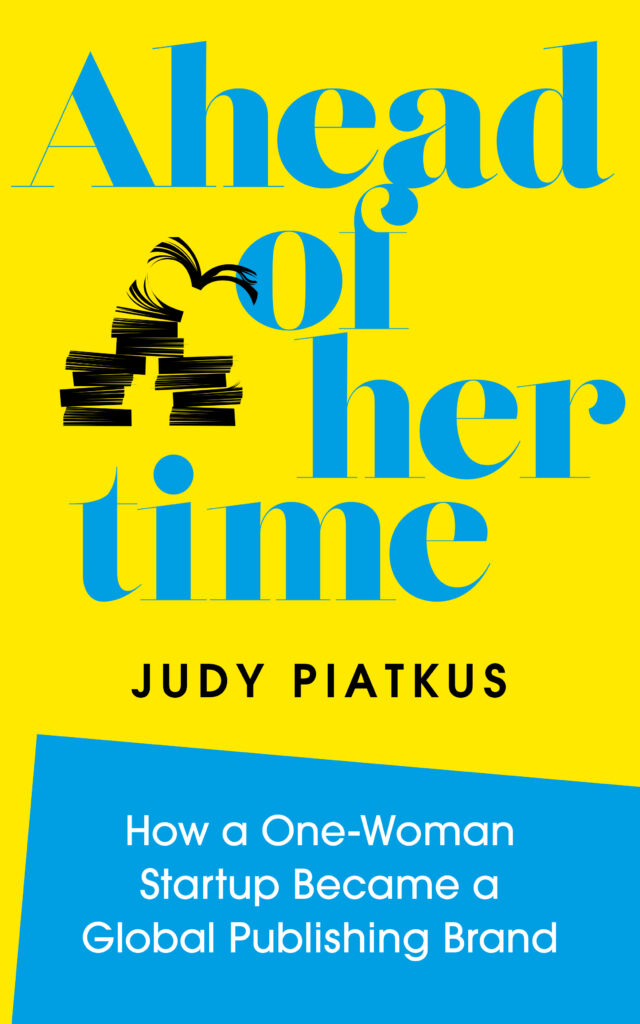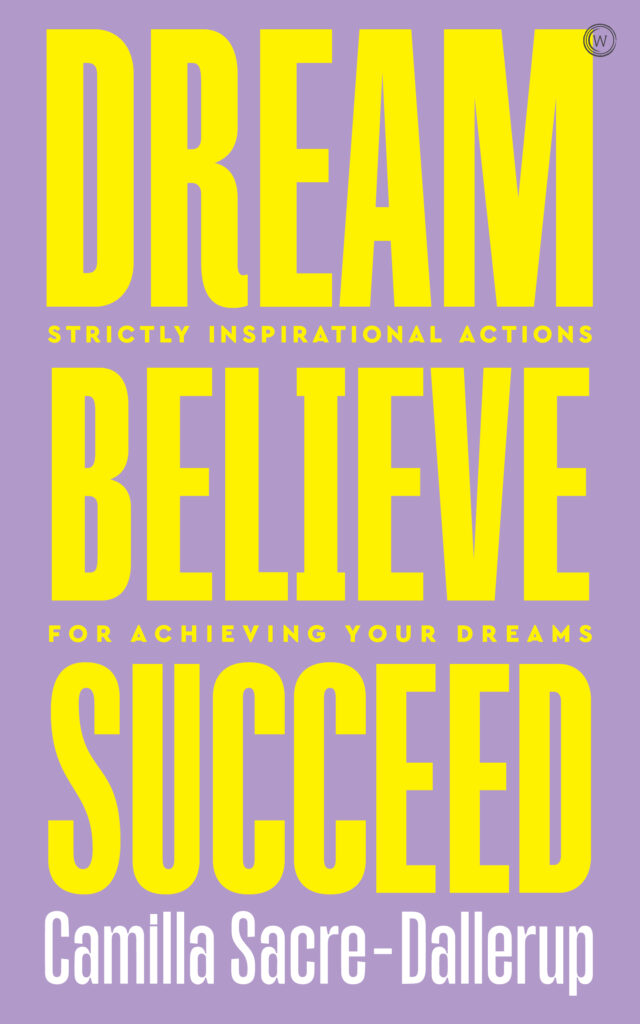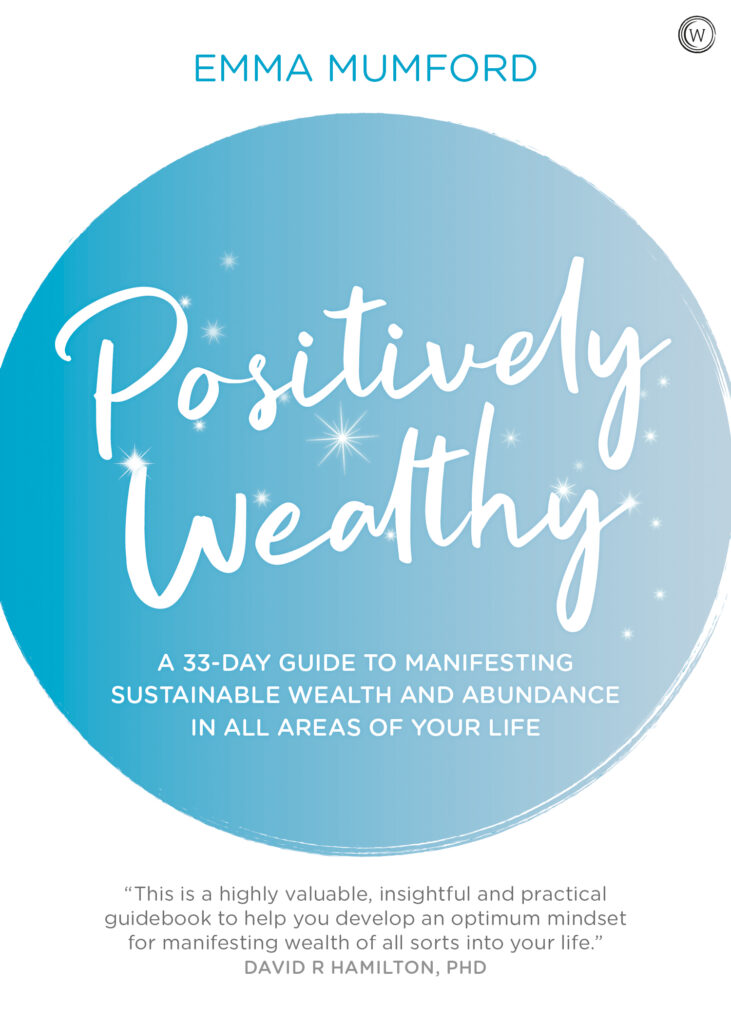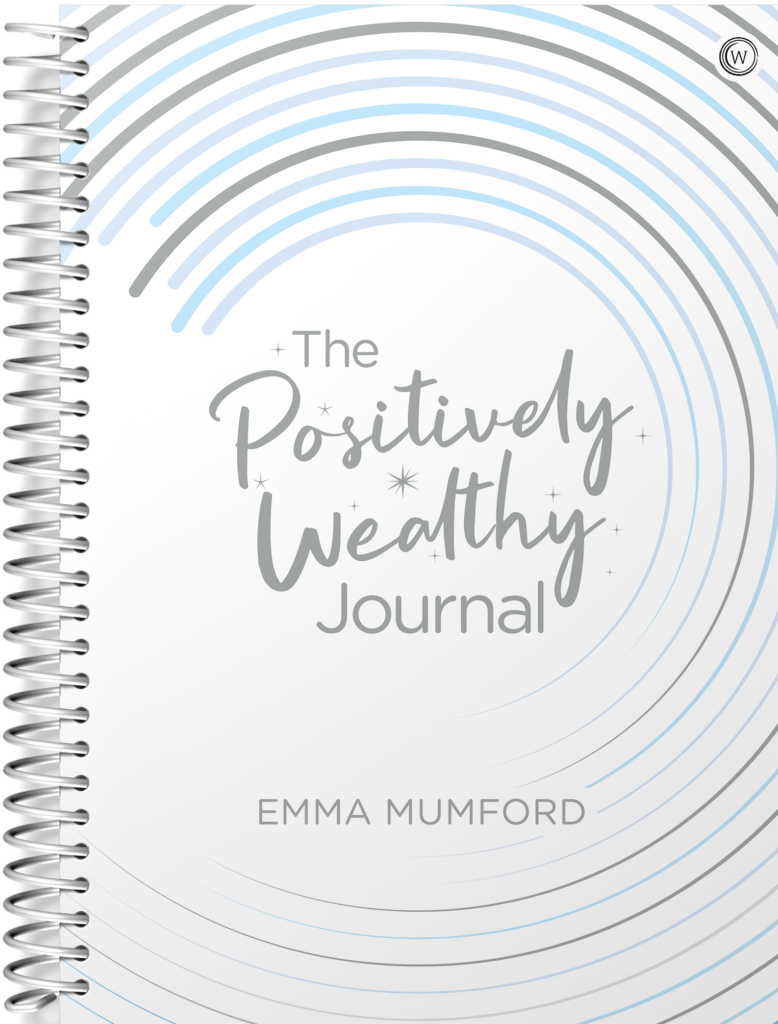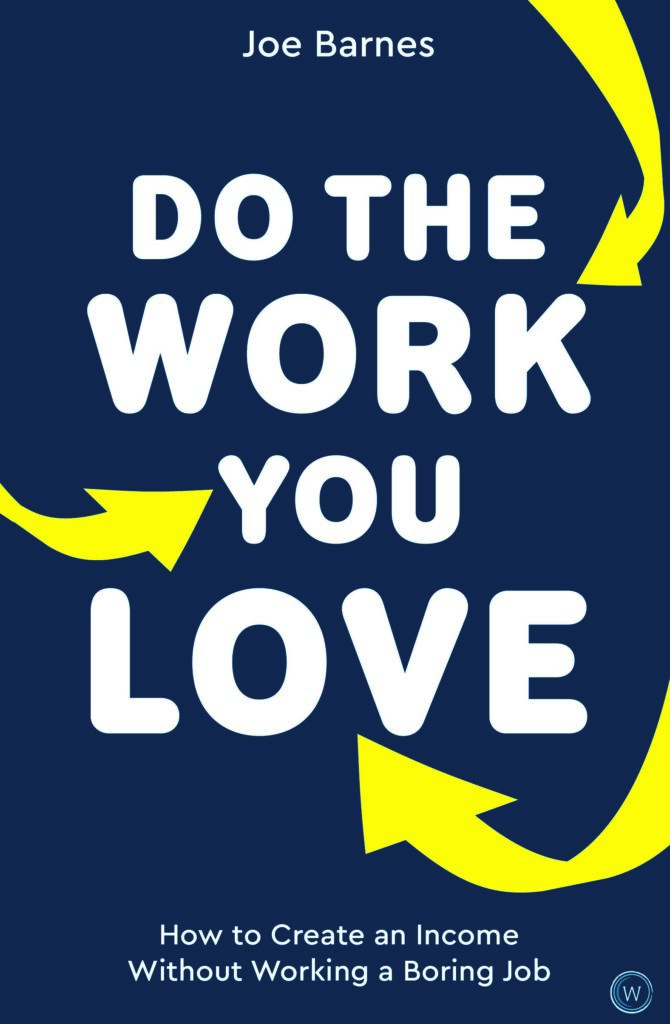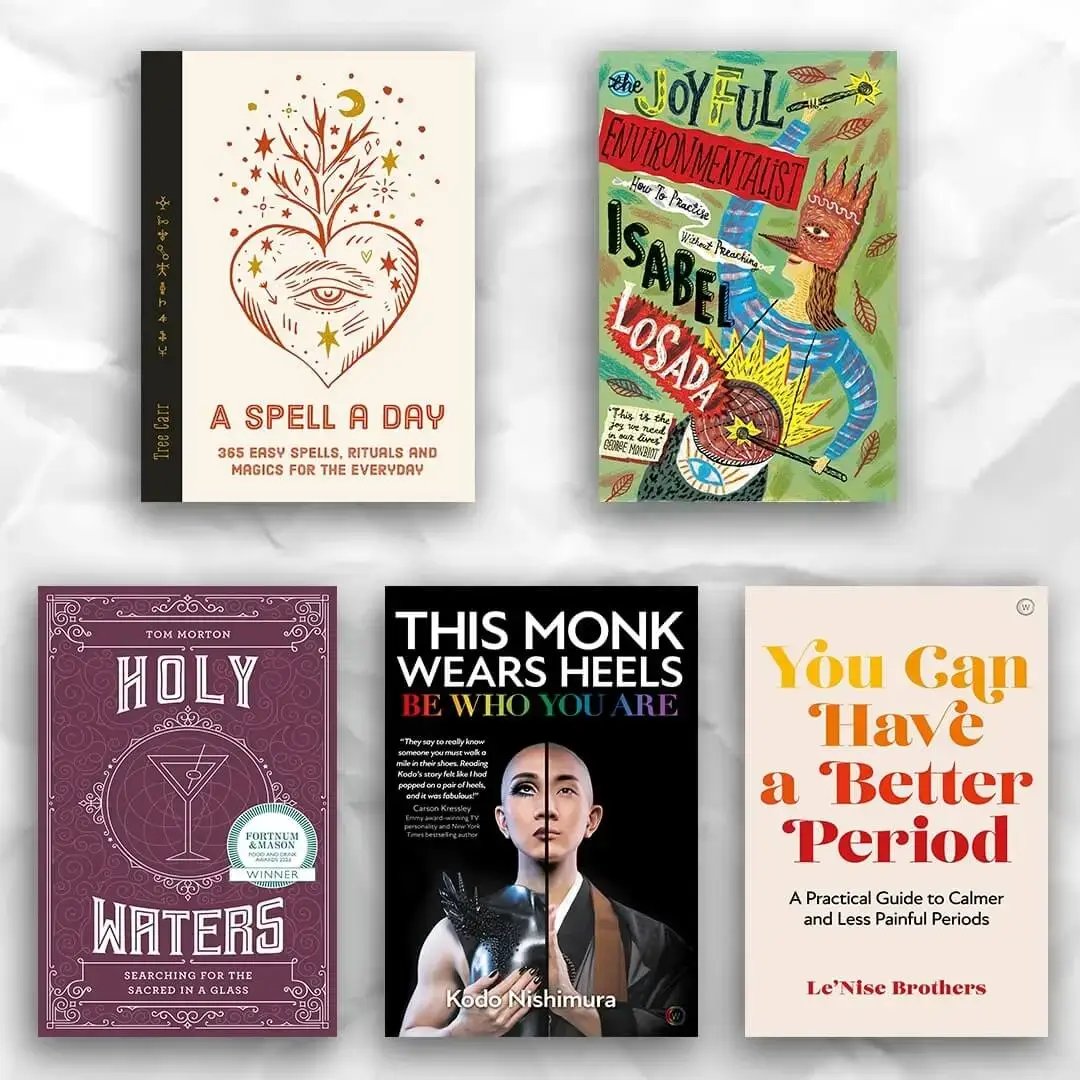Secrets From A Herbalist’s Garden: A Refreshing January Detox
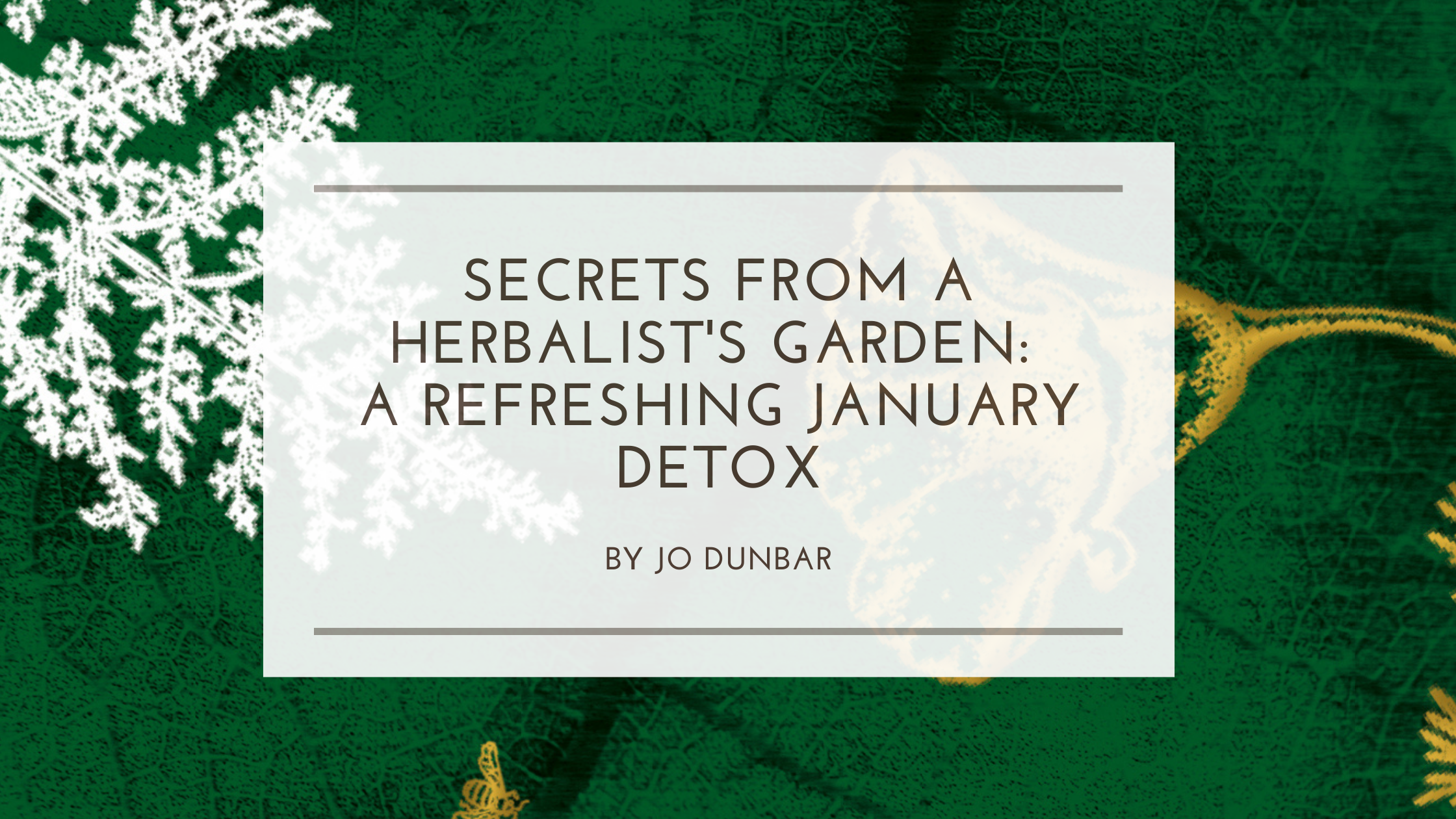
by Jo Dunbar
After all the jollifications of Christmas and New Year, our livers and kidneys have had quite a lot to deal with. Overindulgence in festive treats can leave us feeling a bit bloated, with dulled skin and less than sparkling eyes. Whereas a detox is not usually an enticing idea in January, it can be quite a welcome practice, especially if it is delicious, convenient, and healthy.
‘Freshness’ and a ‘clean sweep’ are the keywords for January, and in our diet, we look for those qualities too. Juices, smoothies, vegetable soups and warming salads are all welcome additions to our day, as are bracing country walks which unlock cramped muscles and work up a bit of warmth to burn off toxins and calories.
Where to begin?
It is most important to make sure that our bowels are emptied easily and at least daily. When the bowels are clogged, the toxins which have been filtered by the liver cannot be excreted, and are reabsorbed back into the bloodstream. This is clearly not helpful for our well-being. To encourage at least one full bowel movement each day, 2 dessert spoons of chia seeds soaked in water every day, will safely and reliably encourage a cleansing bowel movement. Chia seeds are very safe, but if you are on medication, it is best to take your seeds at a different time of the day from that of your medicines.
Our livers are really hard-working stoics. Not only are they a major organ of detoxification, but they also perform over 500 functions that contribute to the smooth running of our internal environments. Signs of liver stress only appear very late, so it is a good practice to lighten the load by eating foods that support the health of this organ.
The kidneys are another major organ of detoxification, and with heavy protein meals, alcohol and possibly not enough hydration, they too have had to work extra hard over the festive period.
Our skin and lungs are also organs of elimination. Toxins are released through the out-breath and also via the sweat glands, thus a hearty and brisk walk if possible, through clean country air, or at least in a city park, will work up a sweat and strong breathing. More than that, simply being in nature calms down the brainwaves of our over-thinking minds, and reconnects us to the perfect electromagnetic fields of the earth. Walking can bring us into a peaceful meditative state where our mind can let go of that which is no longer useful, and we can dream of what we want to bring into our lives.
Here are some cleansing recipies to help you with your January detox.
Cleansing Tea:
A simple infusion of boiling water, with a slice of lemon, a few slices of fresh ginger, and a sprig of rosemary will help to flush the liver, washing toxins into the bowel.
If you have a juice extractor, try the following recipe for deliciously refreshing liver and kidney detox:
- 3 sticks of celery
- 1 raw beetroot
- 2 carrots
- ½ apple
- A 6 cm piece of cucumber
- A slice of fresh lime, skin on.
- A small piece of fresh turmeric
- A small piece of fresh ginger.
- A handful of fresh mint.
Make a vibrant detox salad:
- A plate of salad leaves especially rocket, watercress and chicory. (stimulates bile flow)
- Add young dandelion leaves for extra tang (diuretic, kidney cleansing)
- In the middle of the plant, place a large dollop of humus (high in anti- oxidant selenium)
- Surrounding the humus, place four globe artichokes (those preserved in olive oil are fine), quartered. (stimulates bile flow)
- Then scatter over the whole plate some slices of freshly cooked beetroots (anti-inflammatory, high in nutrients, reduces blood pressure)
- Garnish with slices of orange (reduces live fat)
- Sprinkle generously with fresh coriander leaves (kidney support)
- Top with a tablespoon of pistachio nuts (may help with weight loss)
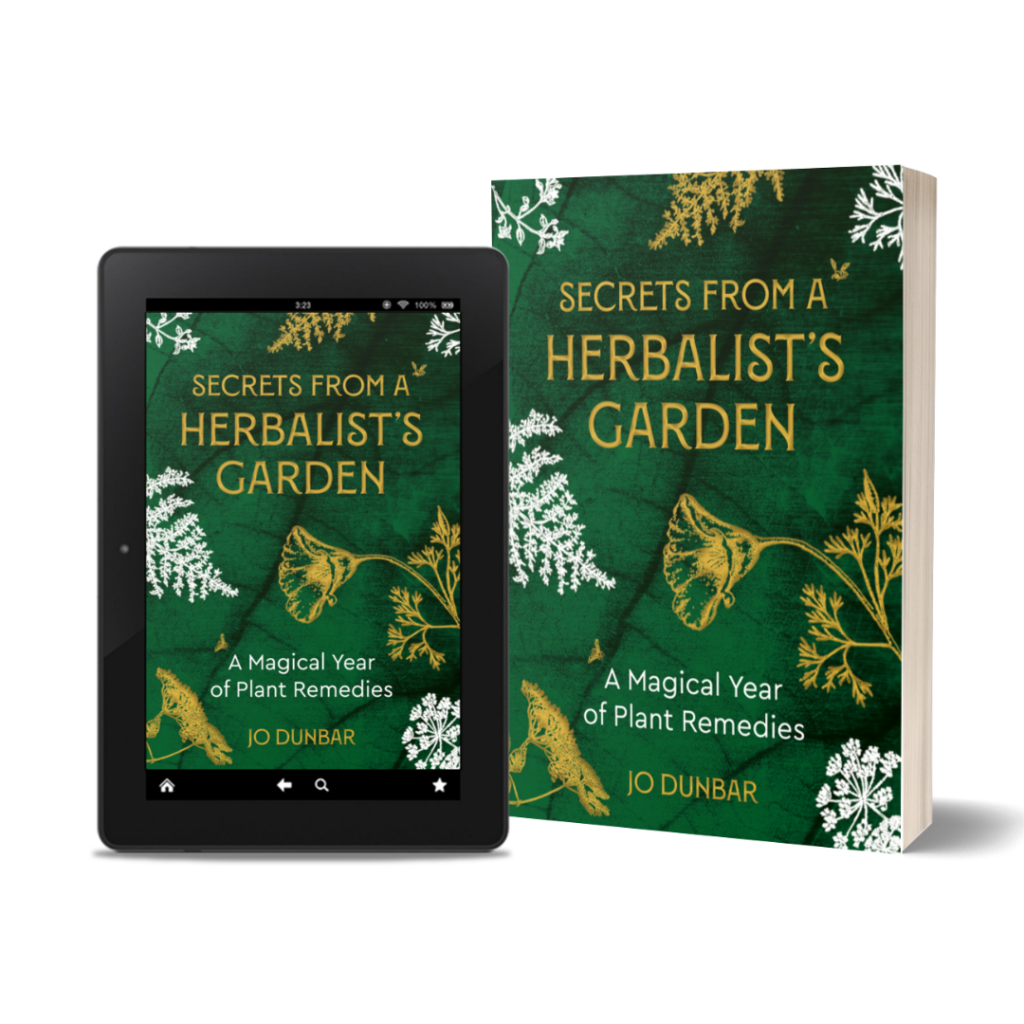
A beautifully illustrated guide to providing safe herbal remedies for common health conditions, while restoring our comforting connection to the year’s natural rhythm.
Secrets from a Herbalist’s Garden by Jo Dubar is available from 10th May 2022 and to pre-order now.


